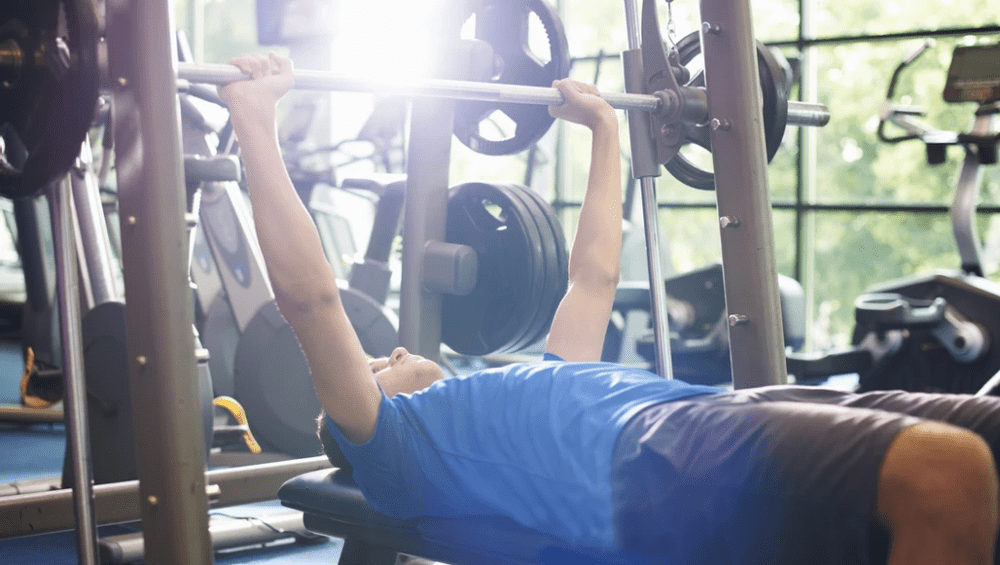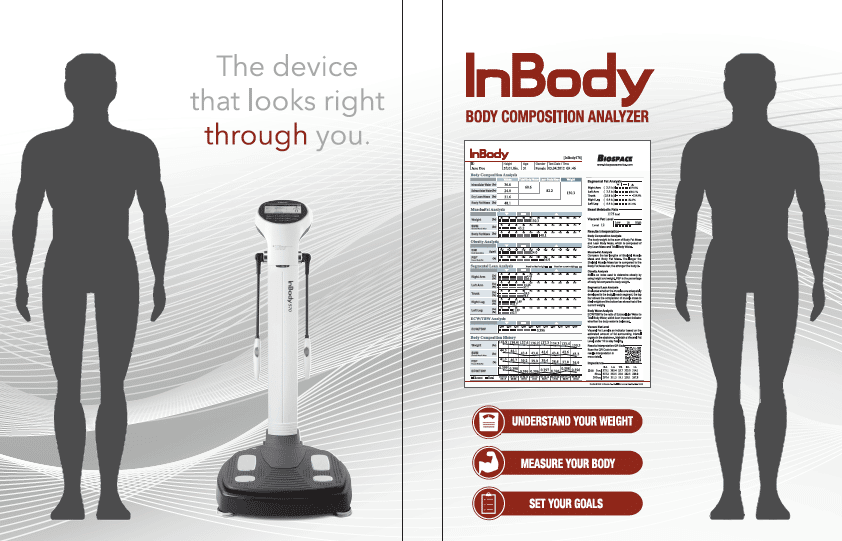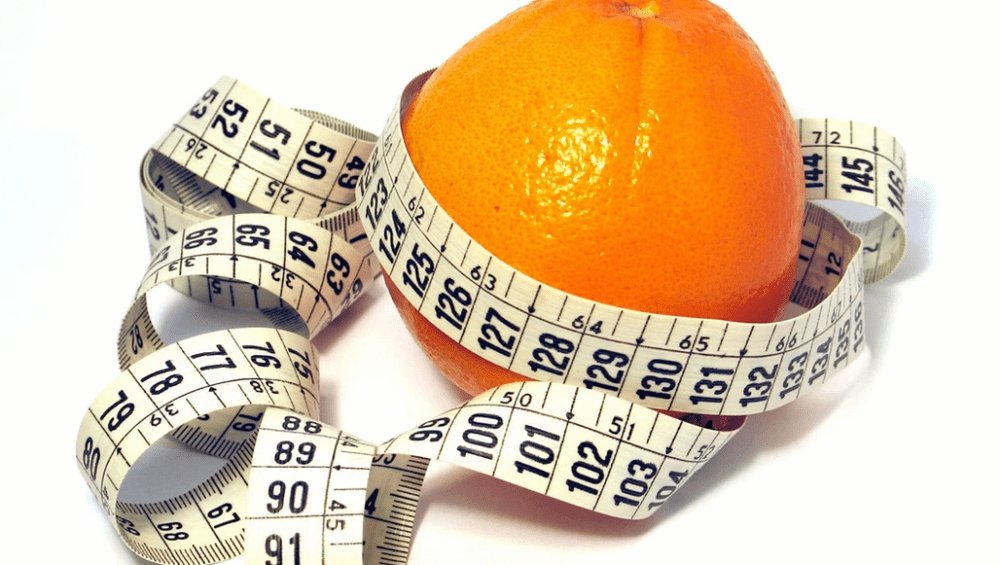How Does Sugar Affect Your Brain?
How Does Sugar Affect Your Brain?

Most of us are aware of the negative effects of eating too much sugar: tooth decay, weight gain, and diabetes all ensure processed sugar has a reputation for being bad for your health.
But, what happens to your brain when you consume processed sugar? Why is sugar considered bad when your brain uses glucose for energy?
In this article, we delve into the topic of processed sugar and how eating too much of this sweet substance can affect your brain’s functions.
Let’s dive in.
The difference between processed sugar and ‘good’ sugar

You may be familiar with different types of sugar. Naturally occurring sugar is found in fruit, vegetables, nuts, whole grains, and beans. Essentially, all sugar is broken down into glucose. However, foods that contain naturally occurring sugar also tend to be rich in nutrients, including vitamins, minerals, fiber, and protein – all substances which your body requires for optimal health. As naturally occurring sugar does not generally lead to excess sugar intake, the focus of our discussion is on processed sugar.
Processed sugar, which is extracted from sugarcane or sugar beet, and is normally found as sucrose (a combination of fructose and glucose), which is present in cakes, cookies, cereal, and beverages. Processed sugar is also hidden in foods that you may not consider “sweet” like microwave meals, spaghetti sauce, low-fat yogurt, ketchup, and sports drinks.
While foods containing processed sugar are an energy
source, they contain little to no nutrients and can cause your blood sugar levels to spike too high.
Eating too much sugar has been linked to an increased risk of diabetes, accelerated signs of aging, and weight gain – added sugar contributes to an average of 17% of the total calorie intake for adults, while the recommended daily amount of calories from added sugar is 10%.
Why your body needs sugar
Every living cell in your body requires sugar for energy. Sugar is a carbohydrate which can exist in varying forms, including glucose and fructose.
Carbohydrates are your body’s main energy source, broken down in your stomach by enzymes and acids, releasing glucose into your intestines where it’s absorbed. From here, it travels into your bloodstream, moving to cells via the hormone, insulin.
Once glucose reaches your cells, it is either used for energy or stored. When a cell receives glucose, oxygen is used to burn it into heat energy: a process called aerobic metabolism. Depending on what the cell requires, this energy is either released or stored.
The level of blood glucose in your body aims to remain at a consistent level, monitored by beta cells in your pancreas. Levels of glucose in the blood naturally rise after you have eaten, resulting in beta cells releasing insulin to ensure this glucose can reach different cells in your body.
Once your body has used all the energy it requires, any remaining glucose is stored as small amounts called glycogen. Excess glycogen gets stored as fat, which is why consuming large amounts of sugar is associated with fat gain.
What happens when you stop eating?
When you don’t eat for a few hours, the levels of glucose in the blood plummet and insulin release stops. Alpha cells found in the pancreas produce a hormone called glucagon which causes the liver to break down your stored glycogen, converting it back into glucose. Additionally, your liver can produce glucose by using fats, amino acids, and waste.
Your blood sugar levels can drop too low: a condition called hypoglycemia. This occurs a few hours after eating when there is too much insulin in the blood, or due to certain medications. This is why you might feel dizzy, shaky, anxious or irritable when you haven’t eaten for several hours. Eating at least 15 to 20 grams of carbohydrates will reverse your symptoms.
Important functions of the brain
Your brain consists of a significant mass of nerve tissue that is involved in most functions of each organ within your body. The brain processes information; releases hormones; and regulates your breathing, body temperature, sleep cycle, and other functions.
Your brain contains around 100 billion neurons which send and receive information to and from the nervous system. These neurons process information relating to your bodily functions, including taste, touch, sight, hearing, and more.
Why your brain needs sugar
Your brain needs half of all your energy supply due to its complex system of neurons (nerve cells).
The brain requires glucose for brain cell energy. As neurons can’t store energy, they need a continuous supply of fuel from the bloodstream to function correctly. Your ability to think, learn and recall information is closely associated with your glucose levels.
When your blood glucose levels are low, your ability to think clearly is inhibited as the production of chemical messengers, called neurotransmitters, is reduced and communication between neurons is disrupted.
Unlike processed sugar, naturally occurring sugar can boost brain health due to it requiring glucose for functioning. When you consume naturally occurring sugar from sources like apples and bananas, sugar is released slowly into the bloodstream so your energy levels are steadier and you don’t crave more sugar.
What happens to the brain when you consume process
We’ve already established that foods containing processed sugar have little to no nutritional value, so does consuming processed sugar have a negative effect on the brain?
Let’s discuss this issue further.
There are many clinical trials studying the effects of sugar on the brain.
A study of around 70,000 women, published in the American Journal of Clinical Nutrition, found that those with a diet higher in added sugar had an increased risk of suffering from depression. A diet high in natural sugar was not found to correlate with a higher risk of depression.
A 2011 study examining two groups of people, one group eating a Western diet of high fats and sugar and the other group eating a diet low in saturated fat and sugar, found that the group consuming a Western diet displayed poorer mental performance in relation to hippocampal sensitive memory tasks.
Consuming sugar may also prevent you from feeling full, enabling you to eat more and gain weight. In a systematic review, a 2006 study found an association between sugar sweetened-beverages and weight gain. When you consume food, your body releases hormones signaling to it that it can stop eating.
Is sugar as addictive as drugs like cocaine?
Both animal and human studies have suggested that sugar addiction has similarities to drug addiction. Sugar provides feelings of pleasure, stemming from an area in the brain called nucleus accumbens – the same part of the brain which drugs like cocaine and morphine activate.
A 2013 study found that rats responded to Oreo cookies in the same way they responded to cocaine. Interestingly, the rats ate the cream center first – just like lots of human consumers do!
What happens to your body when you quit sugar?
As hard as it is, quitting sugar has tremendously positive effects on the body.
One study found that eating sugar has an increased risk of death from cardiovascular disease. The 15-year research study demonstrated that those who consume 17 to 21% of daily calories from added sugars have a 38% greater risk of suffering from heart disease. Therefore, cutting sugar out of your diet significantly reduces your risk of heart disease.
Quitting sugar also improves your energy levels. However, initially, research has shown that ditching sugar can give a similar bodily reaction to quitting drugs due to plummeting dopamine levels and rising acetylcholine levels.
What about sugar replacements?
Sugar replacements are additives which add a sweet taste to your food without the calories of sugar. Some sugar substitutes are synthetically manufactured while others are natural.
There are several sugar replacements. The main types include:
Sucralose -this artificial sweetener is derived from sucrose and contains no calories. It’s 650 times sweeter than sugar and can be commonly purchased by brands, such as Splenda.
Fructose – this can be found as crystalline or high-fructose corn syrup which can be used for baking. Fructose is much sweeter than sugar and has been linked to early diabetes.
Stevia – extracted from the leaves of the stevia rebaudiana species of plant, stevia is calorie free and may help to manage cholesterol levels.
Aspartame – known as E952 in Europe, this artificial sweetener is 200 times sweeter than sugar and consists of two amino acids called aspartic acid and phenylalanine. It contains 4 calories per gram. However, only a small amount is required to sweeten food.
While sugar substitutes can aid weight control and diabetes by allowing a person to eat something sweet with minimal increase in blood sugar levels, some health concerns exist.
Aspartame has been associated with cancer, dementia, and depression. However, research suggests no direct correlation has been found and current recommended levels in Europe at 40mg/kg are safe to consume.
Is sugar really so bad?
As the brain uses half of your body’s energy resources, it’s essential to nourish it with nutrients. Not all sugar is bad, but as processed sugar has no nutritional value, it has little benefit to your body. Research studies have found that sugar can increase weight and negatively affect your memory.
While quitting sugar has positive benefits on your health, including reducing your risk of cardiovascular disease, consuming a moderate amount of sugar (or sugar substitute) as part of a healthy, balanced diet, rich in vitamins and minerals, is ideal if you want to enjoy a sugary treat now or again.















